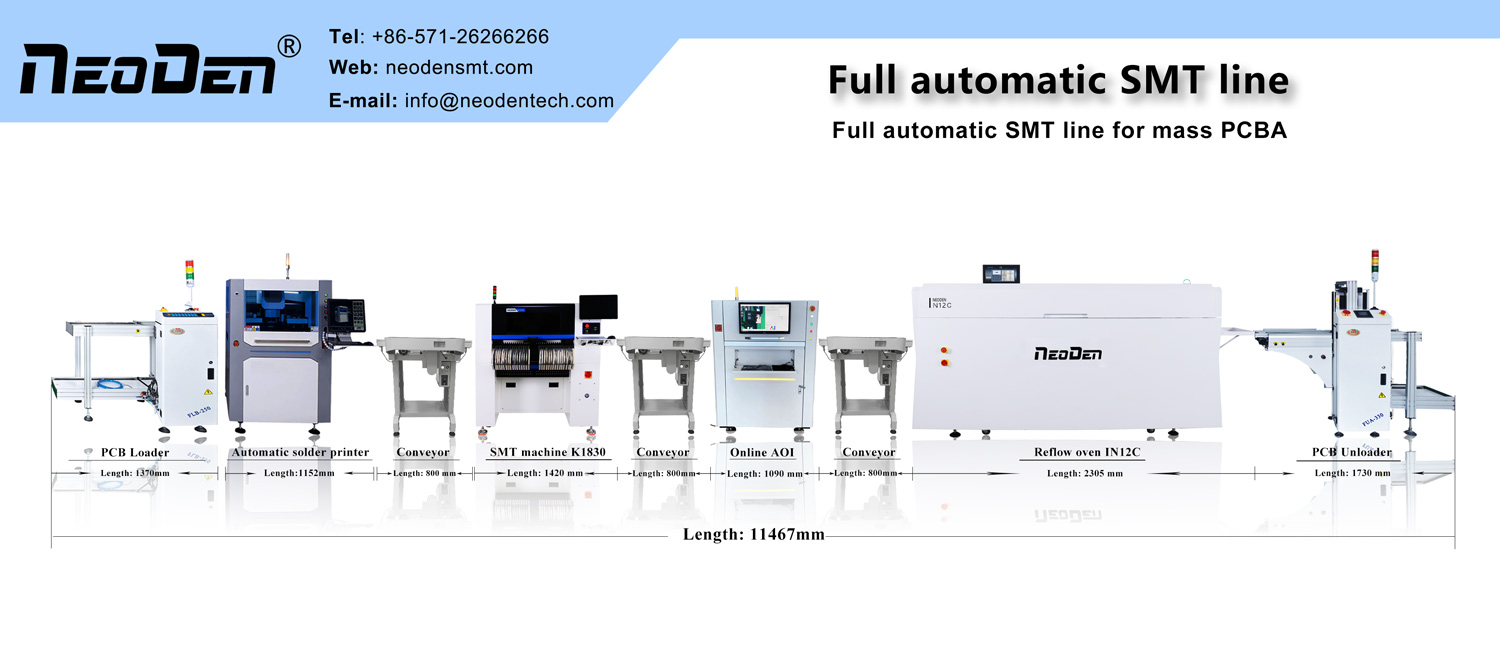I. The general functions of ICT testing
1. SMT SMD factory can detect all parts on the assembled circuit board within seconds, such as resistors, capacitors, inductors, triodes, field effect tubes, light emitting diodes, common diodes, voltage regulator diodes, optocouplers, ICs, etc. The parts work within the design specification.
2. It is possible to determine in advance PCBA production process defects such as short circuits, broken circuits, missing parts, reversed connections, wrong parts, empty soldering, etc. and give feedback to the process for improvement.
3. The above faults or test results can be printed, including fault location, part standard values and test values for maintenance personnel to refer to. The dependence of personnel on product technology can be effectively reduced. Even if personnel do not have experience of smt production circuits, they are still capable of making a contribution.
4. Test failures can be determined and smt processors can analyse the information to determine the cause of the defect, including human factors. This is so that they can address, correct and improve the manufacturing and quality capabilities of the circuit boards.
II. ICT testing special features
Electrolytic capacitor polarity testing techniques:
Electrolytic capacitors connected backwards, missing parts 100% testable Parallel electrolytic capacitors connected backwards, missing parts 100% testable
Principle of operation of electrolytic capacitor polarity test technology:
1. SMT chip processing factory is to use the third leg to electrolytic capacitor top apply a trigger signal , measuring the response signal between the third point and the positive or negative pole.
2. After calculation with DSP (Digital Signal Processing) technology, it is converted into a set of vectors by DFT (Discrete Fourier Transform) and FFT (Fast Fourier Transform). The response signal obtained is converted from the t (time) domain (oscilloscope signal) to a set of vectors in the f (frequency) domain (spectrum analyser signal).
3. A set of standard vector values is obtained by learning and then the measured values of the DUT (device under test) are compared with the original standard values by using Pattern Match (feature recognition and comparison technique) to determine whether the polarity of the object under test is correct.
Pattern Match is used in applications such as fingerprint recognition, counterfeit currency recognition and retina recognition.
Established in 2010 with 100+ employees & 8000+ Sq.m. factory of independent property rights, to ensure the standard management and achieve the most economic effects as well as saving the cost.
Owned the own machining center, skilled assembler, tester and QC engineers, to ensure the strong abilities for NeoDen machines manufacturing, quality and delivery.
3 different R&D teams with total 25+ professional R&D engineers, to ensure the better and more advanced developments and new innovation.
Skilled and professional english support&service engineers, to ensure the prompt response within 8 hours, solution provides within 24 hours.
The unique one among all of the Chinese manufacturers who registered and approved CE by TUV NORD.
Post time: May-09-2023

